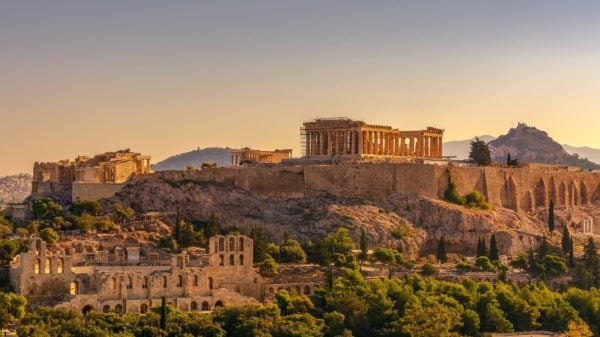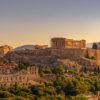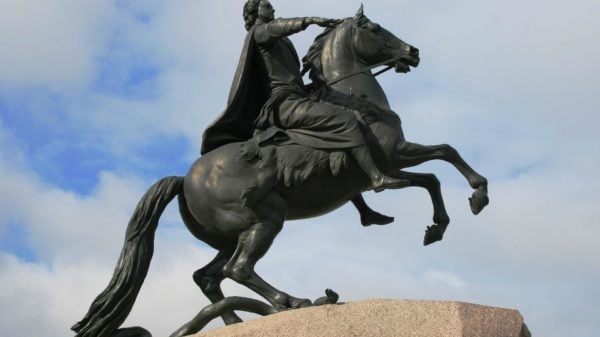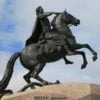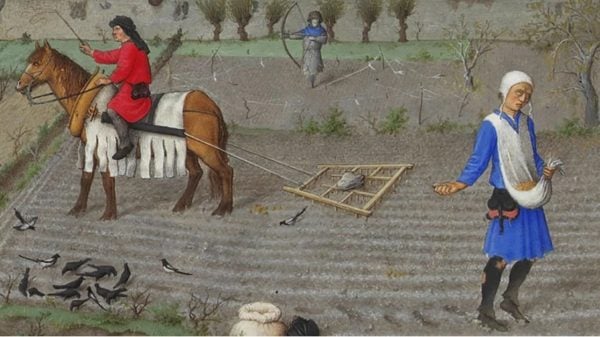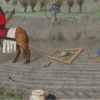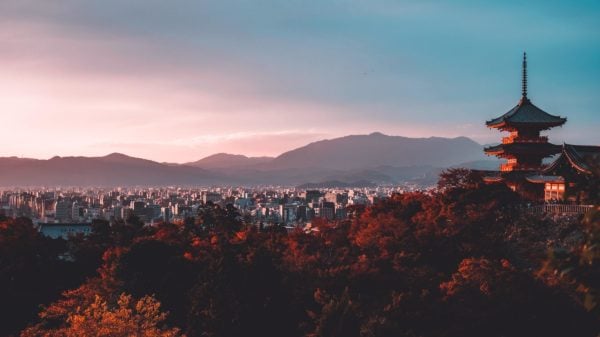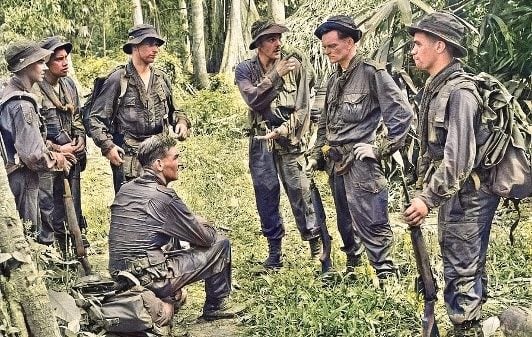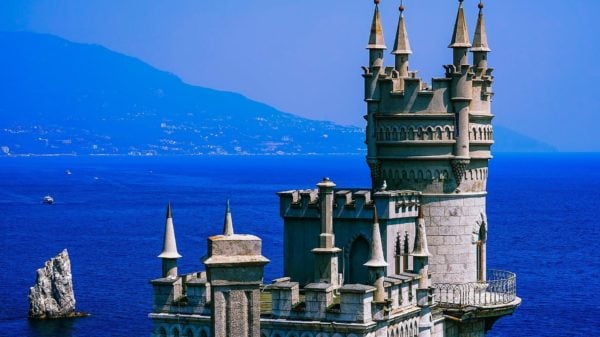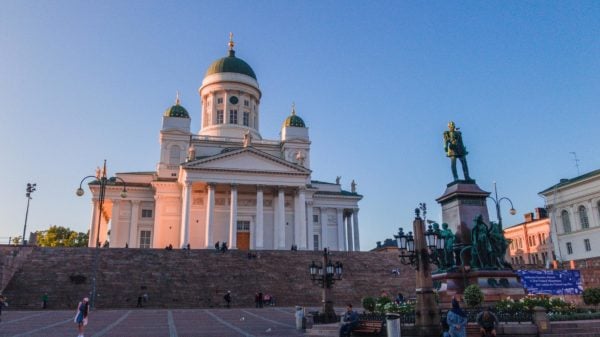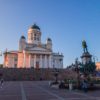Patara is the longest beach in Turkey that stretches about eleven miles on the coast. Due to the Lycian ruins and the Loggerhead turtle’s yearly visits, the vastness of sand is preserved, making the beach and its surroundings fully protected.
Wildlife And Farmland
There is an expanse of fertile land the farmers choose to grow various crops like tomatoes, aubergines, and peppers. This is a fascinating site that is visible at the south eastern end of the beach, and looking from a distance, is the captivating imagery of the limestone mountains that sits right next to the plain field. There lies a stretch of lagoons between Patara’s fully-exposed dunes and the farmland, where turtles, frogs, and birds live.
At the far edge of the Patara sands, the huge mountain range is perched beside the sea. When you look out over the waters, you’ll see the Greek island of Rhodes, about fifty miles far. There are no signs of people living in the area, apart from the cafe.
The Adjacent Community
Normally, people who plan to visit the place stay at Gelemis, just a mile from the inland. It is a low-key community with a variety of small enterprises like bars, restaurants, and shops. Gelemis is a peaceful spot, but it is worth the time to explore around, find good food, and discover the culture.
The Ancient City’s Remains
With its natural marina, Patara was the primary seaport of Lycia and one of the world’s richest cities. It is also considered as the metropolis of the nation. After surrendering to Alexander the Great’s governance, the city started to be an important naval base that earned huge income for the Macedonian empire. Several civilizations conquered the city which includes the Byzantines and the Romans.
The Lycian empire started to decline by the middle of the seventh century. Patara tried to survive, but unfortunately, it was diminished to a small harbor covered with walls. By the time it reached the 15th century, it was abandoned entirely.
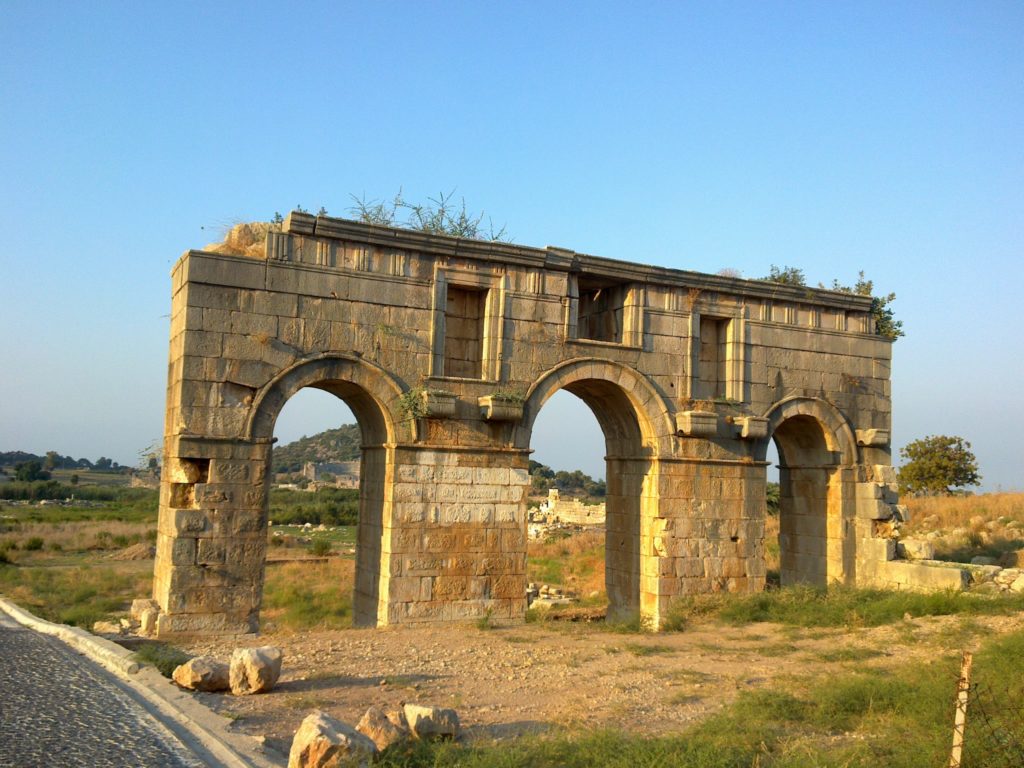
The ruins of Patara
The Ruins
Patara’s ruins are known to be the most serene places in Turkey. There is a good part of the city that remains buried under the sands, like the famous Temple of Apollo. Several archaeologists have been excavating and patiently weaving through the accumulated sand over the years, hoping to discover relics from ancient times.
In the second quarter of last year, a lady statue that is more than a thousand-year-old was found in Patara. A few months later, another antique kitchen and women’s room, complete with ornaments, mirrors, and fragrance containers, were recovered. Also, one of the archeologists has uncovered a cylindrical Greek snake altar in mint condition. This is about 2,000 years old artifact and was believed to be used for burial and religious purposes. The altar has engravings of a coiled snake and Greek characters.
When tourists come over to see the place, they usually head out to the east side of the shore of the Xanthus river. There lies various scenic attractions and ancient buildings that include a stone-built parliament structure, colonnaded pathways, an old lighthouse, and a dilapidated theatre and temple on the hillside.





